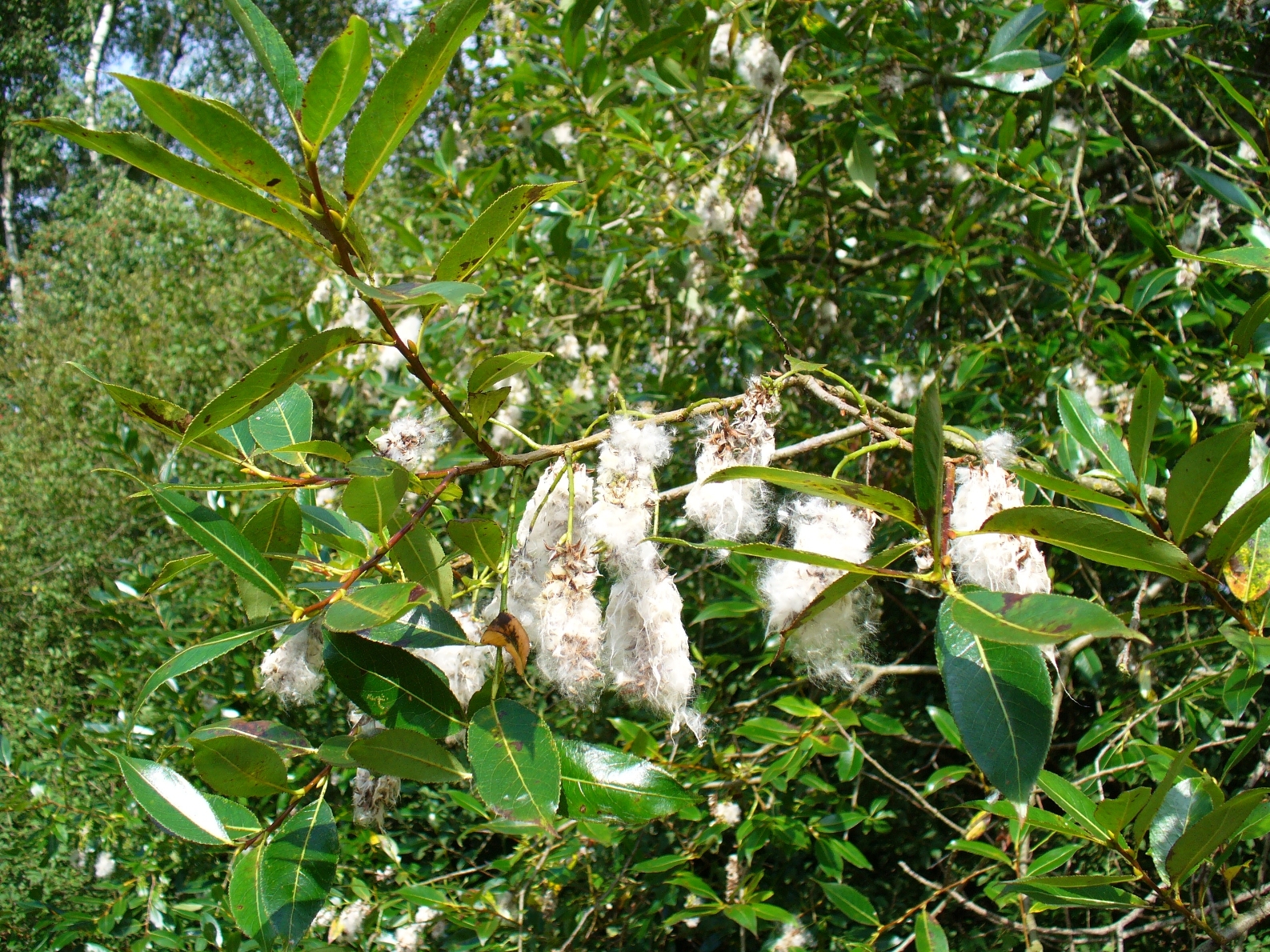Salix pentandra
Bay willow
Species Tolerances
- Drought Tolerance: Low
- Shade Tolerance: No
- Waterlogging Tolerance: High
- Frost Tolerance (trees from warmer climates may be frost tolerant, but their flowers may not be): Yes
- RHS Hardiness: H6
- Optimum Conditions for Growth:
A small tree or shrub, this non-alluvial willow grows in marshy ground, most types of wet soil and on riverbanks. Occurs mainly in north of England and Scotland and is more typical of lowland areas. No strong dependence on acid or alkaline soil pH. - Susceptibility to Pest/Disease:
No major threats. Salix may be susceptible to honey fungus and watermark disease.

Salix pentandra/ Malte/ https://creativecommons.org/licenses/by/3.0/deed.en
Service to Pollinators
- Summary of Service to Pollinators:
Good source of nectar and pollen for all species of bee in spring, and a good source of honeydew when aphids are active. Also provides resins/oils for honeybees to make propolis - Nectar Value to Pollinators: 2 (of 0-3)
- Honeydew Value to Pollinators: 2 (of 0-3)
- Pollen Value to Bees: 2 (of 0-3)
- Flowering Period: March-Apr
Risks
- Human Toxicity: Non-toxic
- Livestock Toxicity: Non-toxic
- Invasive Risk: No
- Suckering: No
Products
- Edible Fruit: No
- Edible Leaves: No
- Edible Sap: No
- Edible Seeds: No
- Honey, major source in UK: Yes
- For any medicinal potential, see 'Further Details' below.
- Timber: No
- Livestock Fodder: Yes
- Other Products:
Woodchip, biomass, is easy to coppice or pollard.
Utility
- Nitrogen Fixation: Yes
- Organic Matter Accumulation: Yes
- Phytoremediation: Insufficient Data
- Deacidification: Insufficient Data
- Windbreak: Yes
- Soil Erosion Control: Yes
- Shade or Shelter: Yes
- Plant Support: Insufficient Data
- Integrated Pest Management: Insufficient Data
- Wildlife Value: Yes
- Wildlife Value Summary:
Very good for biodiversity referring to invertebrate diversity feeding on the tree, especially insects. Seeds and fruit are available to a large range of birds and mammals. - Graduated Nativeness Classification ⓘ: 1 (of 1-10)1. Historic Native
2. Historic Introduction
9. Neutral Introduction
Further Details
Medicinal potential. Good for wet soils. Can reach 20m in sheltered woodland but more often no more than 5-8m tall though 20m across.